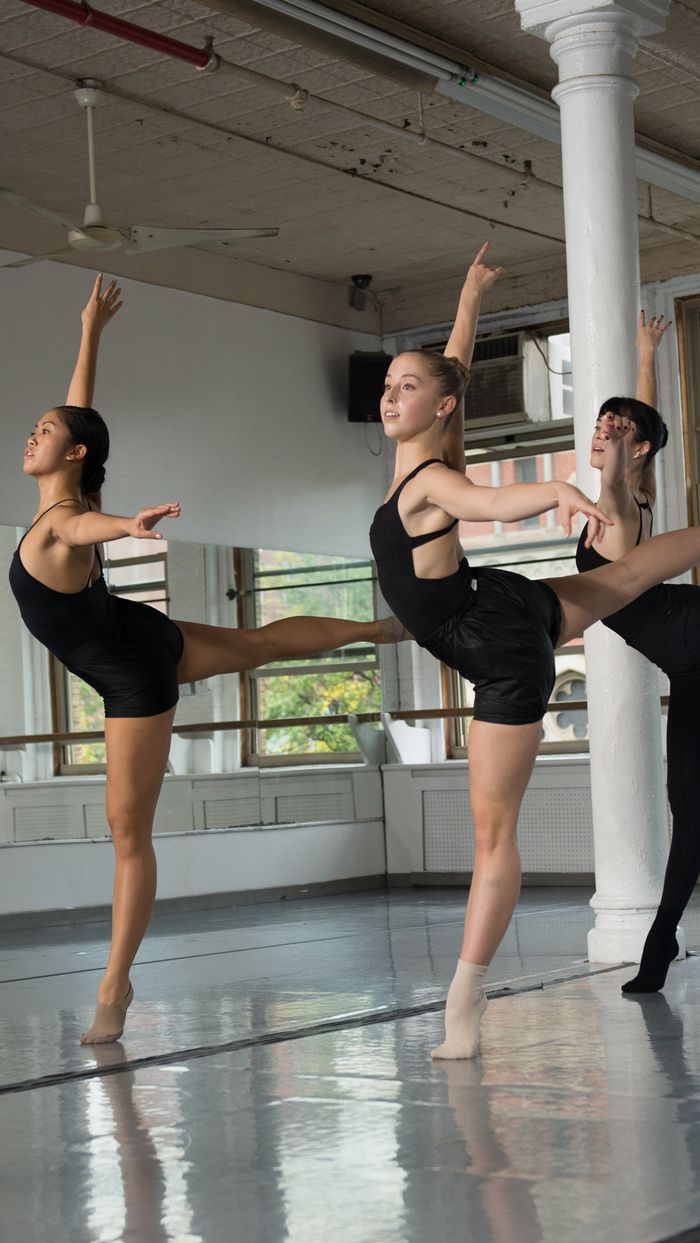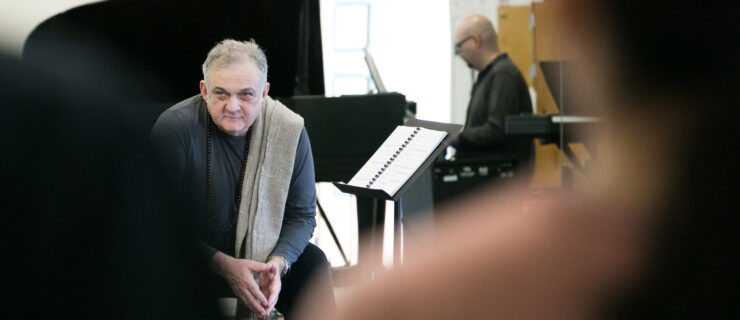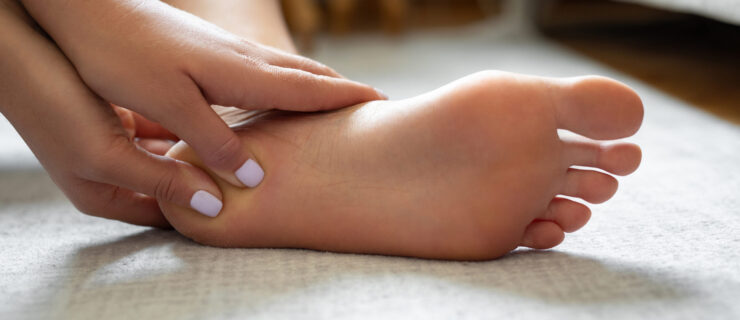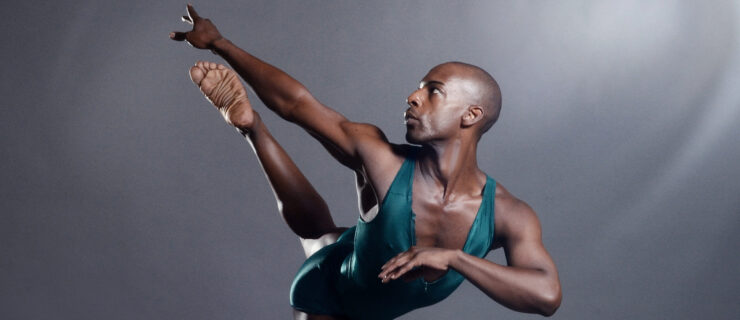Could Compression Therapy Make You a Better Dancer?
Have you ever felt like certain footwear gives you wings?
The makers of Apolla Shocks, a dancer-specific version of compression socks, say some dancers feel like they can jump higher when they’re wearing them.
“What’s happening is they’re more aware of their feet,” says co-founder Brianne Zborowski, “and the compression is helping activate intrinsic muscles that sometimes don’t get found.”
Dancers have long relied on compression, either as therapy to help support injured body parts and decrease inflammation, or just because they like the way it feels during or after dancing. Today, there seem to be more options than ever, from NormaTec Recovery Boots, to ice compression devices, to clothes that have compression in them, like Apolla Shocks.
But what are the benefits?
What Compression Actually Does
According to Alexis Sams, a dance medicine specialist at AZ Dance Med in Phoenix, compression works in two main ways:
- It provides targeted joint stability.
- It minimizes localized inflammation.
Sams says both of these effects can be incredibly powerful following an acute injury like an ankle sprain. She also sees professional dancers use compression wisely during challenging periods like when their bodies are acclimating to new theaters on tour, and she always brings backup compression garments when she follows dance teams on convention weekends.
Since the majority of dance injuries take place from the knee down, the areas most in need of compression among dancers are typically the feet and ankles, says Apolla Performance co-founder Kaycee Jones, who has a masters in kinesiology.
“Compression can help dancers combat overuse and strain from repetitive movement,” says Jones. “Because the nature of dance is repetitious, no matter how much you’re doing a tendu with proper technique, you’re still doing the same motion over and over, and that is what creates inflammation, which is what causes 65 percent of dancer injuries. Compression can help prevent inflammation—and remove it.”
What Your Need for Extra Stability Might Mean
Although some dancers rely on the stability offered by compression every time they enter the studio, Sams believes dancers should really be using it more strategically.
“If you’re always craving that stability, that makes me ask, What can we do to make you feel more stable on your own?” In her experience, Sams says 99 percent of her patients who are addicted to compression have a core instability issue. “It’s usually somewhere very specific within the core, and once we can tap into that and strengthen it, the foot pain goes away and your arch feels supported.”
How Do You Use Compression?
Every dancer has their own habits and preferences. Share your favorite ways of taken advantage of compression in the comments.





